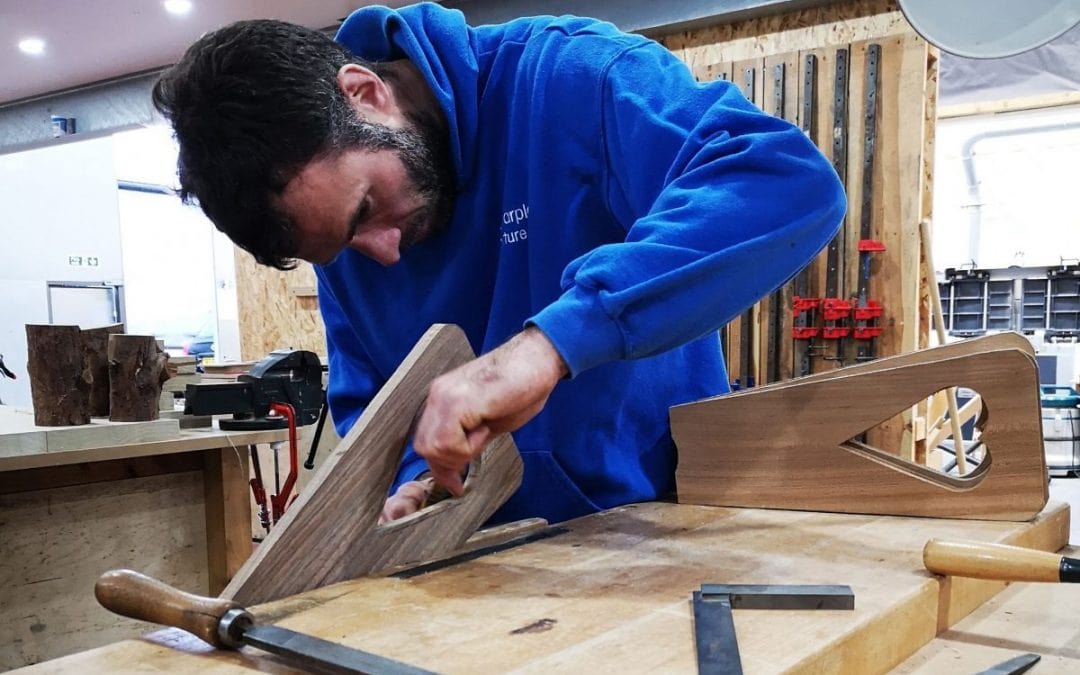
Cabinet makers build or repair furniture by hand or on a large scale using equipment. They may specialise in fixing antique furniture or creating mass-market products like kitchens. They mostly employ hardwoods like oak, walnut, and teak. Other materials utilised include plastic, metal, glass, leather, and fabric.
Responsibilities
Throughout your apprenticeship, you may help:
- work out what to do from technical drawings
- cut and shape materials with hand and machine tools
- create designs for furniture on paper and on computer
- estimate the quantity and type of materials needed
- assemble items
- add parts like brackets, hinges, handles and locks
- apply finishes like polishes and varnishes
- restore antiques or repair damaged furniture.
Salary
The starting salary for an apprentice cabinet maker is around £13,000 to £15,000 a year. More experienced cabinet makers can earn from £20,000 to £32,000 a year.
Working hours
Whether you are employed or self-employed, your working hours will differ. In a factory, for example, you could work 42 to 44 hours a week that includes shiftwork. If you were self-employed, you would determine your working hours. You may need to work longer hours on weekends to meet deadlines.
Working environment
You could work in a workshop or in a factory.
You may need to wear protective clothing.
Qualifications
Qualifications you can achieve as an apprentice cabinet maker include:
- Level 2 Furniture Manufacturer – Entry requirements for this level include some GCSEs, usually including English and maths, or equivalent, for an intermediate apprenticeship. This qualification takes 24 months to complete.
Skills
On a cabinet maker apprenticeship, you’ll learn:
- to be thorough and pay attention to detail
- design skills and knowledge
- the ability to work well with others
- the ability to work well with your hands
- knowledge of manufacturing production and processes
- knowledge of maths
- the ability to use, repair and maintain machines and tools
- the ability to analyse quality or performance
- to be able to carry out basic tasks on a computer or hand-held device.
Career path and progression
You might rise to the post of workshop supervisor or quality control inspector with time and experience. Then, with more training, you can enter the field of furniture design.
In larger corporations, you may work in estimating, retail buying, sales, or training.
You may even start a business specialising in handmade furniture or antique repair.
